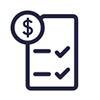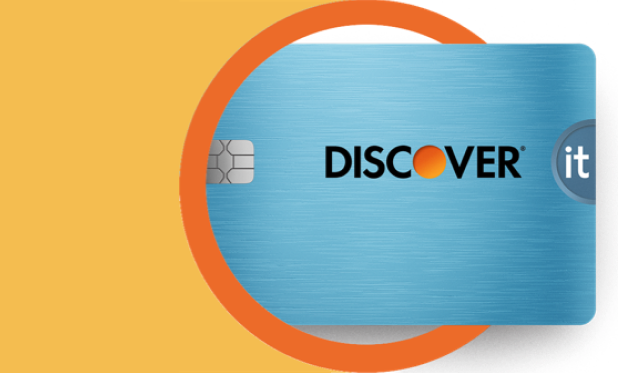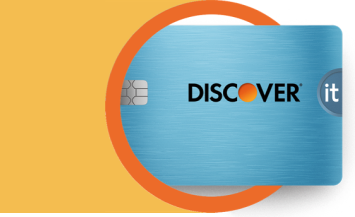According to compiled by TransUnion®, Americans had an average credit card debt of about $6,580 through the fourth quarter of 2024, a slight increase from second quarter of 2024.
Whether your credit card balance is higher or lower than average, you may improve your credit by taking steps to pay down your credit card debt.

What is the Average Credit Card Debt in the United States?
5 min read
Last Updated: August 28, 2025
Next steps

See if you're pre-approved

View all Discover credit cards
See rates, rewards and other info
You may also be interested in
Was this article helpful?
Was this article helpful?




